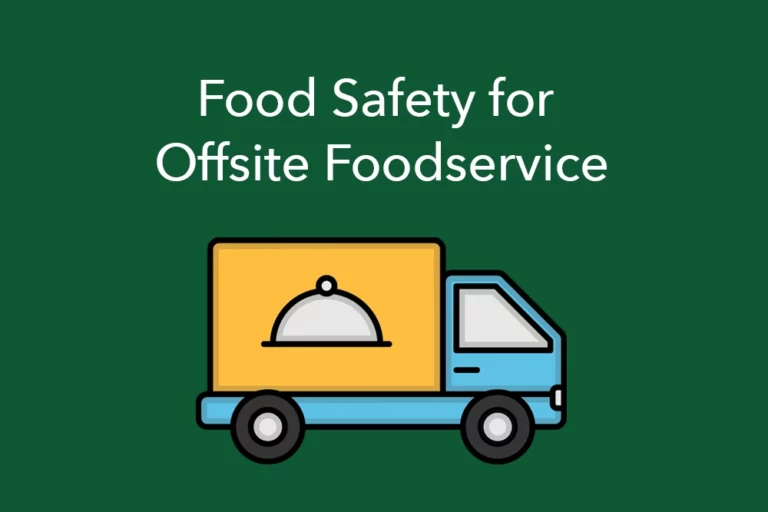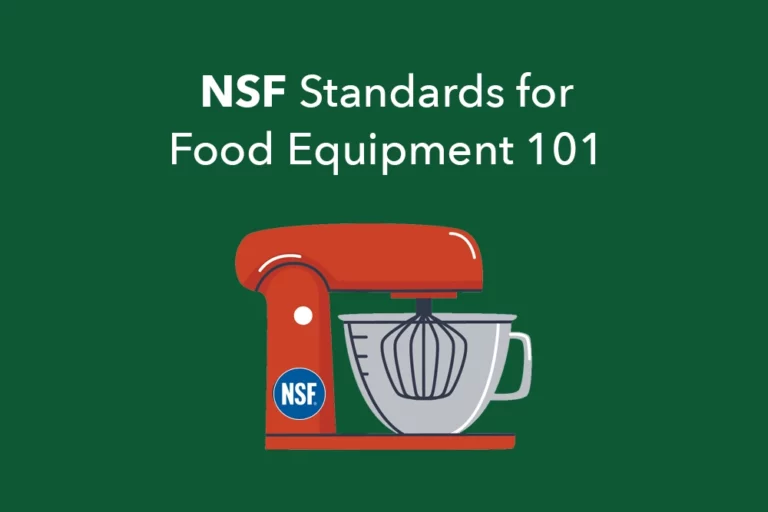Shellfish Safety in Foodservice 101
Depending on where you work, you may handle and serve shellfish like oysters and clams.
Shellfish can — and do — carry harmful organisms called pathogens that cause foodborne illnesses, so it’s important that you know how to handle them safely.
This article explains everything you need to know about shellfish safety, including regulations for purchasing, storing, and cooking.

Safe shellfish purchasing
Shellfish include the many species of crustaceans and mollusks, including:
- shrimp
- crawfish
- crab
- lobster
- scallops
- oysters
- mussels
- clams
- prawns
- octopus
- squid
- snails (escargot)
Crickets are also in the same family as shellfish.
However, when it comes to food safety, the Food and Drug Administration (FDA) Food Code is primarily concerned with molluscan shellfish, which include oysters, clams, mussels, and scallops (1).
Shellfish have the potential to carry disease-causing organisms known as pathogens, such as norovirus and Vibrio species.
While these pathogens can be destroyed during the cooking process, shellfish are frequently consumed raw or in an undercooked state.
Environments in which shellfish are grown are also commonly subject to contamination from sewage and they filter and concentrate pathogens that may be present in surrounding waters.
For these reasons, you cannot serve or sell shellfish that you or someone else has recreationally caught.
Instead, you can only purchase shellfish from an authorized dealer.
These dealers are regulated by the Shellfish Control Authorities, and can only harvest shellfish from some waters or other waters at certain times or under certain restrictions.
Shellfish purchased from an authorized dealer will always contain a tag or label that includes the following information:
- type and quantity of shellfish
- harvester
- harvest location
- date of harvest
Containers of shucked shellfish must contain a label with the name, address, and certification number of the shucker-packer or repacker.
You must leave the tag or label attached to the container until it’s empty.
After you serve or sell the last shellfish from the container, record the date on the tag, label, or invoice and keep it for 90 days.
The FDA requires that you keep this information for 90 days in the case of a shellfish-borne illness outbreak so that health officials can more easily determine the source.
You can only remove shellfish from the container in which they are received immediately before sale or preparation for service, otherwise you must keep them in their original container.
However, you can remove shucked shellfish from the container if you hold them in a display container for individual sale.
Summary
Only purchase shellfish from an authorized dealer, and keep shellfish tags for at least 90 days following the date you served or sold the last one.
Safe handling and cooking techniques
When receiving shellfish, the first thing you should do is ensure it arrives at a safe temperature.
Live shellfish must be received with an air temperature of 45ºF (7ºC) or less and cooled to at least 41ºF (5ºC) within four hours.
You should also check to ensure they are clean and free of dirt and mud as well as for signs of temperature abuse.
If the shellfish arrive at the wrong temperature, with signs of temperature abuse, or broken shells, reject them.
If your food establishment has a display tank to store or display shellfish for sale or preparation for service, it must have a variance or special permission for a regulatory department.
Without a variance, clams, mussels, oysters, and other shellfish must be stored in the refrigerator at 41ºF (5ºC) or below.
A variance is also required if your food establishment serves raw or undercooked shellfish.
The minimum internal cooking temperature for shellfish and other types of seafood is 145ºF (63ºC) for 15 seconds.
Store shellfish in the refrigerator above whole cuts of beef and pork, ground meats and seafood, and whole and ground poultry, since shellfish has a lower minimum internal temperature.
When storing shellfish, never combine them with other shellfish.
Doing so can make it difficult to identify the source in case of a foodborne illness outbreak while also increasing the risk of potential contamination.
Always wash your hands after handling shellfish, including those in display tanks.
Summary
Live shellfish must be received with an air temperature of 45ºF (7ºC) or less and cooled to at 41ºF (5ºC) or lower within four hours. Store in the refrigerator and cook to at least 145ºF (63ºC) for 15 seconds. You must have a variance to serve raw shellfish.
How to prevent cross-contact
Shellfish are one of the nine major food allergens.
As such, it’s important to know how to prevent cross-contact in case you needed to prepare an order for someone with a shellfish allergy.
Cross-contact is similar to cross-contamination but occurs with the transfer of a food allergen rather than a pathogen from one food to another that would otherwise be allergen-free.
Here are some tips to prevent cross-contact when preparing a shellfish-free order:
- wash your hands and change gloves
- clean and sanitize your work area, including food-contact surfaces
- keep the order separate from other orders
You should also consider having dedicated equipment like cutting boards or microwaves for preparing food for those with food allergies.
Keep in mind that imitation crab is not safe for someone with an allergy to shellfish since it contains some crab meat and crab meat extracts.
Summary
Because shellfish is one of the nine major food allergens, it’s important to prevent cross-contact when preparing an allergen-free order.
The bottom line
Shellfish purchased from an authorized dealer will have an attached tag or label on the container that specifies the shellfish type, quantity, harvester, and harvest location and date.
You must keep this tag or label for at least 90 days from the date on which the last shellfish from the container was sold or served.
When receiving shellfish, make sure the air temperature of the package or delivery truck is 45ºF (7ºC) or less, and cool them to at least 41ºF (5ºC) within four hours.
Because shellfish is one of the nine major food allergens, you should know how to prevent cross-contact when preparing an allergen-free order.






